Selecting the appropriate radiographic film, often referred to as 'blue film' due to its blue-tinted base, is crucial for achieving the desired image quality in industrial radiography. The choice hinges on various factors, including the level of detail required and the specific conditions under which the radiography will be performed. For instance, if the priority is high resolution and contrast sensitivity, opting for a slower, finer-grained film is advisable over a faster, coarser-grained alternative. This trade-off is essential to consider for businesses aiming to capture the most detailed images possible.
The packaging of the blue film also plays a significant role in its selection. Individual sheets offer traditional usage, while envelope-packed films provide protection against contamination and ease of handling, eliminating the need for loading film holders in a darkroom. Roll-packaged films cater to the examination of larger structures, offering economic benefits and convenience. Moreover, films packaged with lead oxide screens can enhance image quality by reducing scatter radiation, which is particularly beneficial for energy levels below 150keV.
When handling blue film, it is imperative to avoid physical strains that could compromise the film's integrity and the quality of the radiographic image. Ensuring uniform pressure when using film holders, avoiding contamination from fingers or chemicals, and preventing static discharges are all critical considerations. These precautions help maintain the film's sensitivity and prevent imperfections in the resulting radiographs, which is vital for businesses that rely on precise and accurate imaging for their operations.




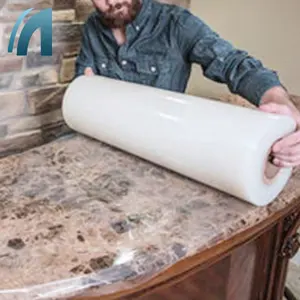



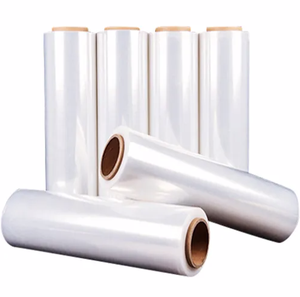

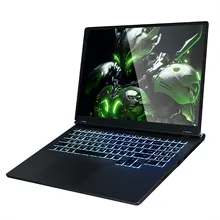







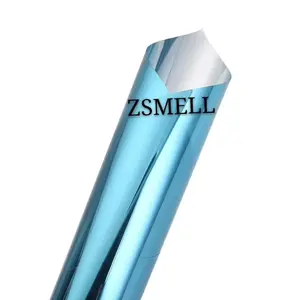

















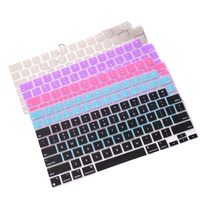










 浙公网安备 33010002000092号
浙公网安备 33010002000092号 浙B2-20120091-4
浙B2-20120091-4